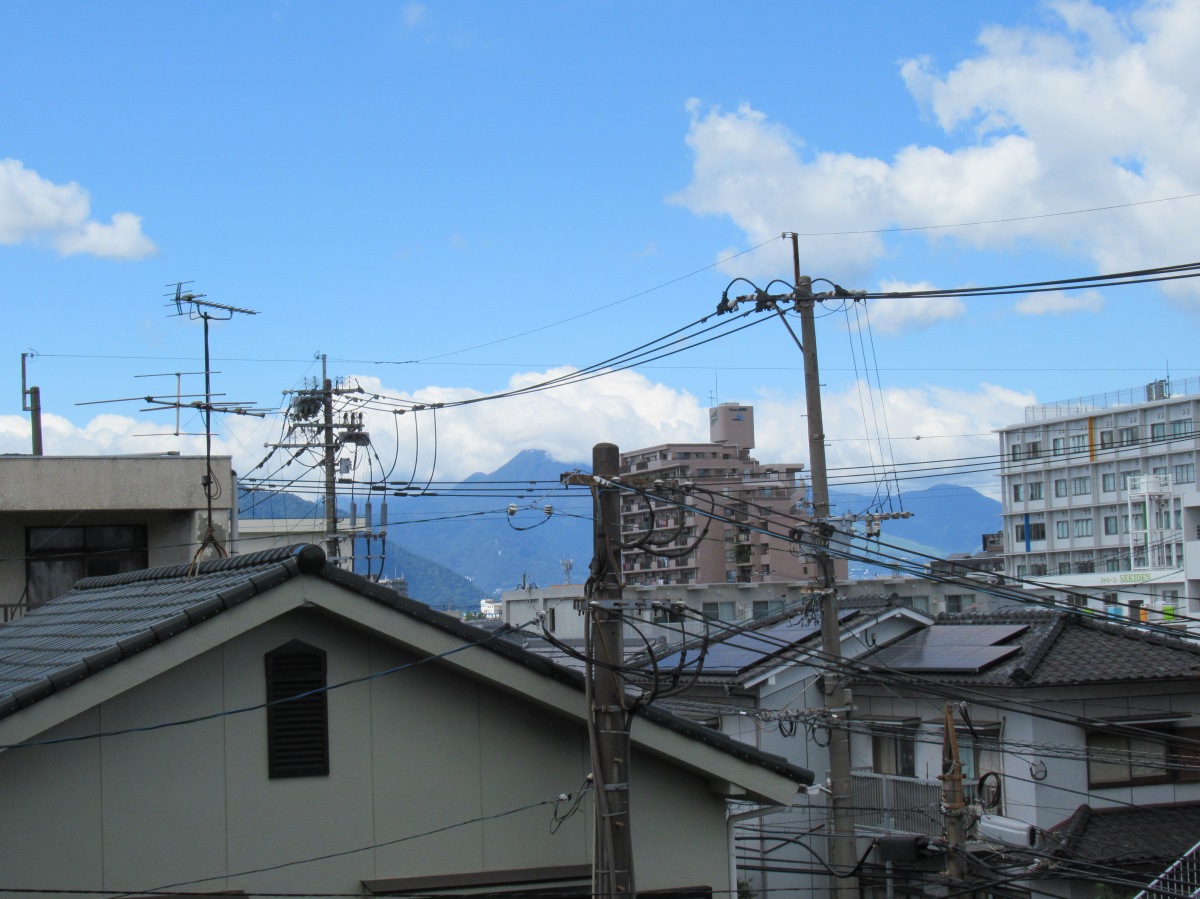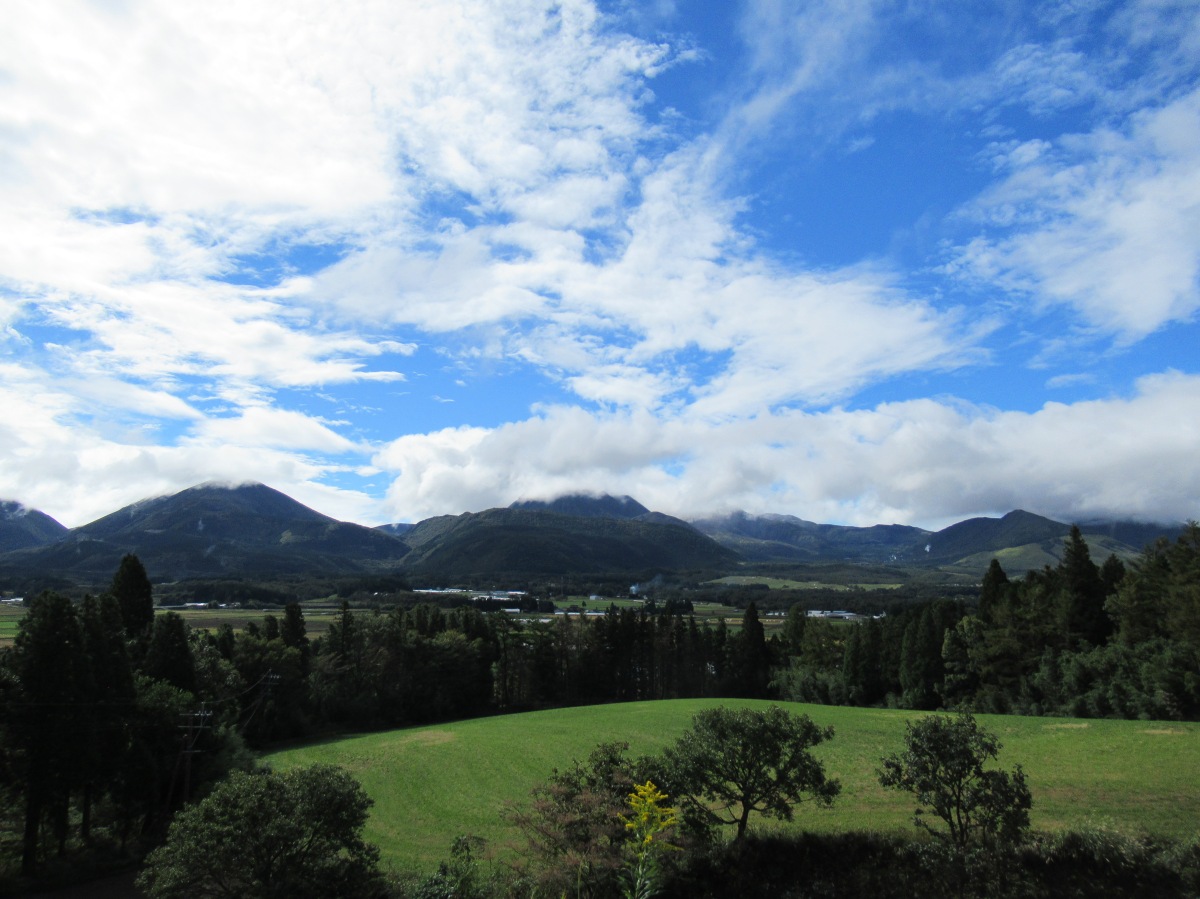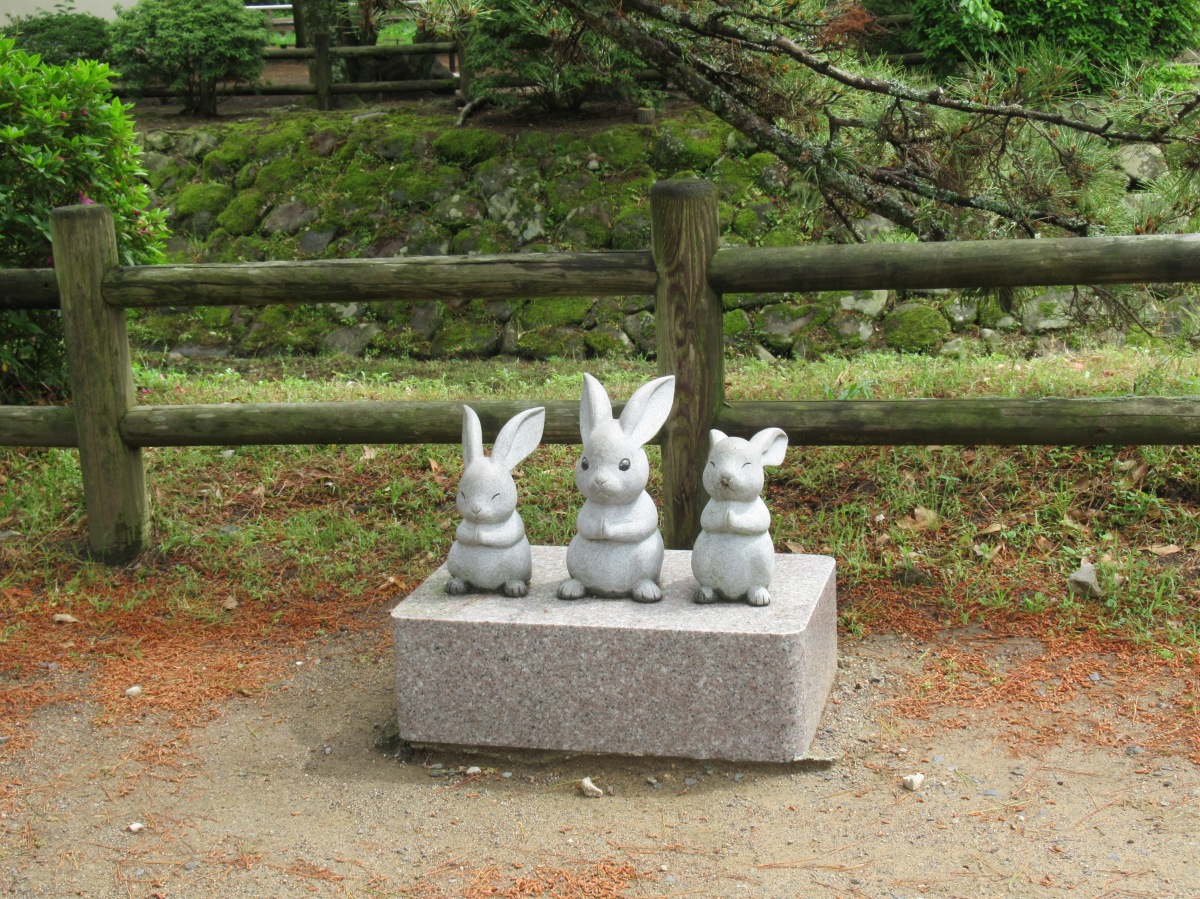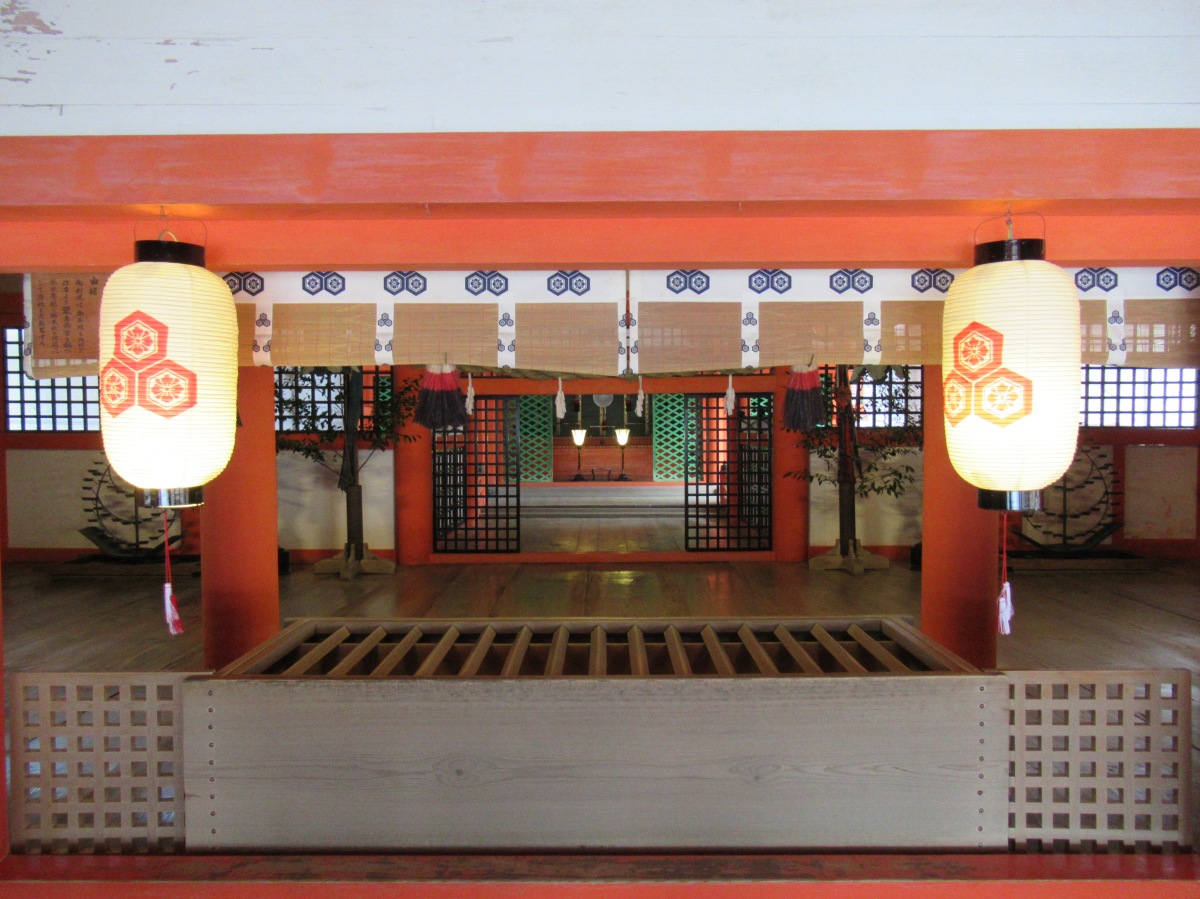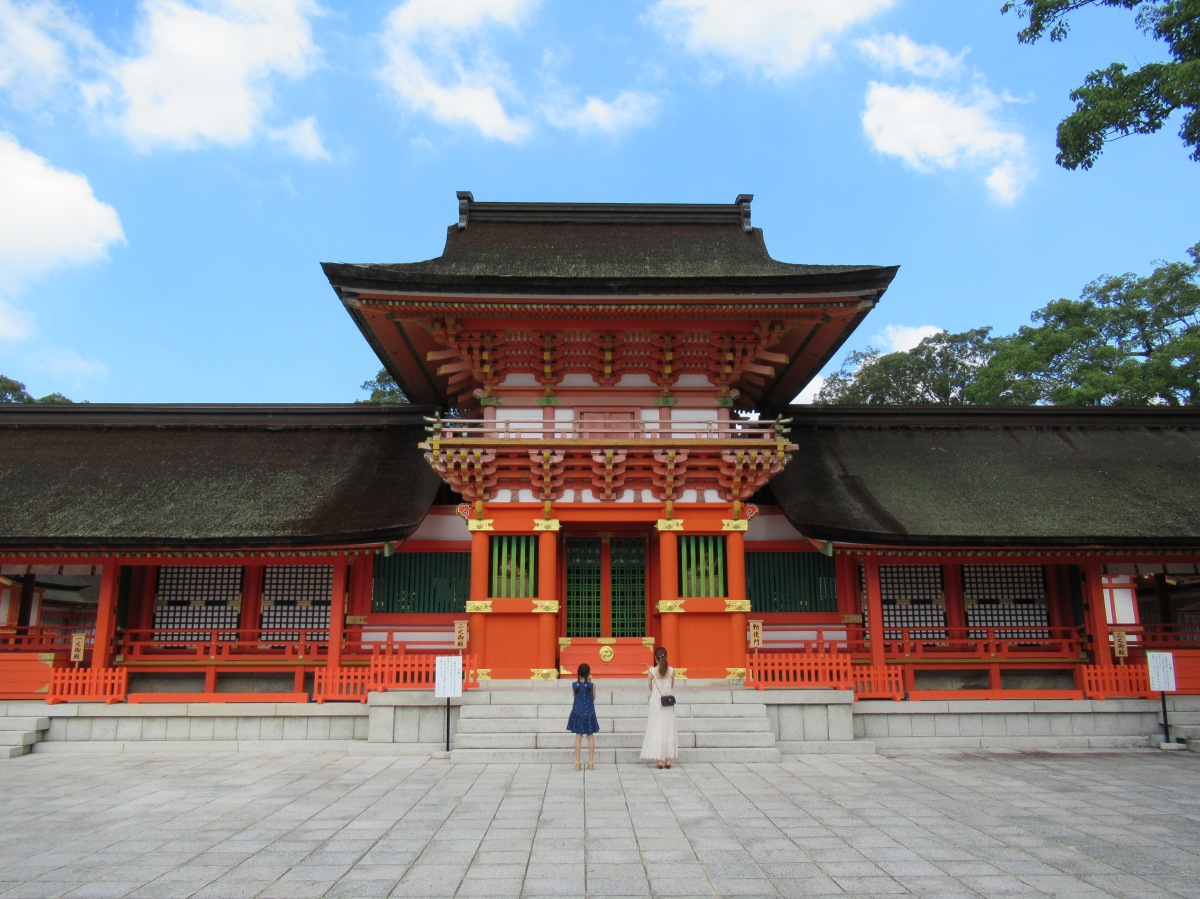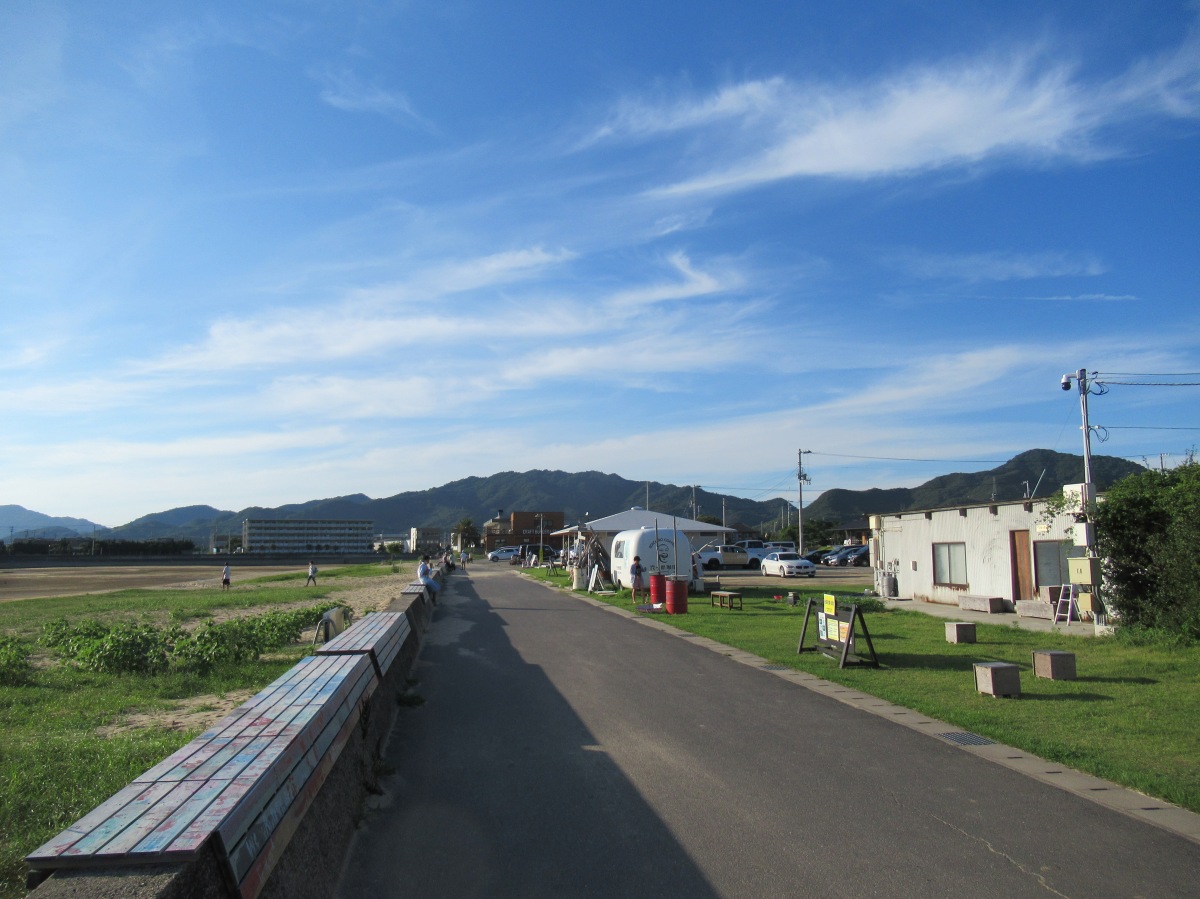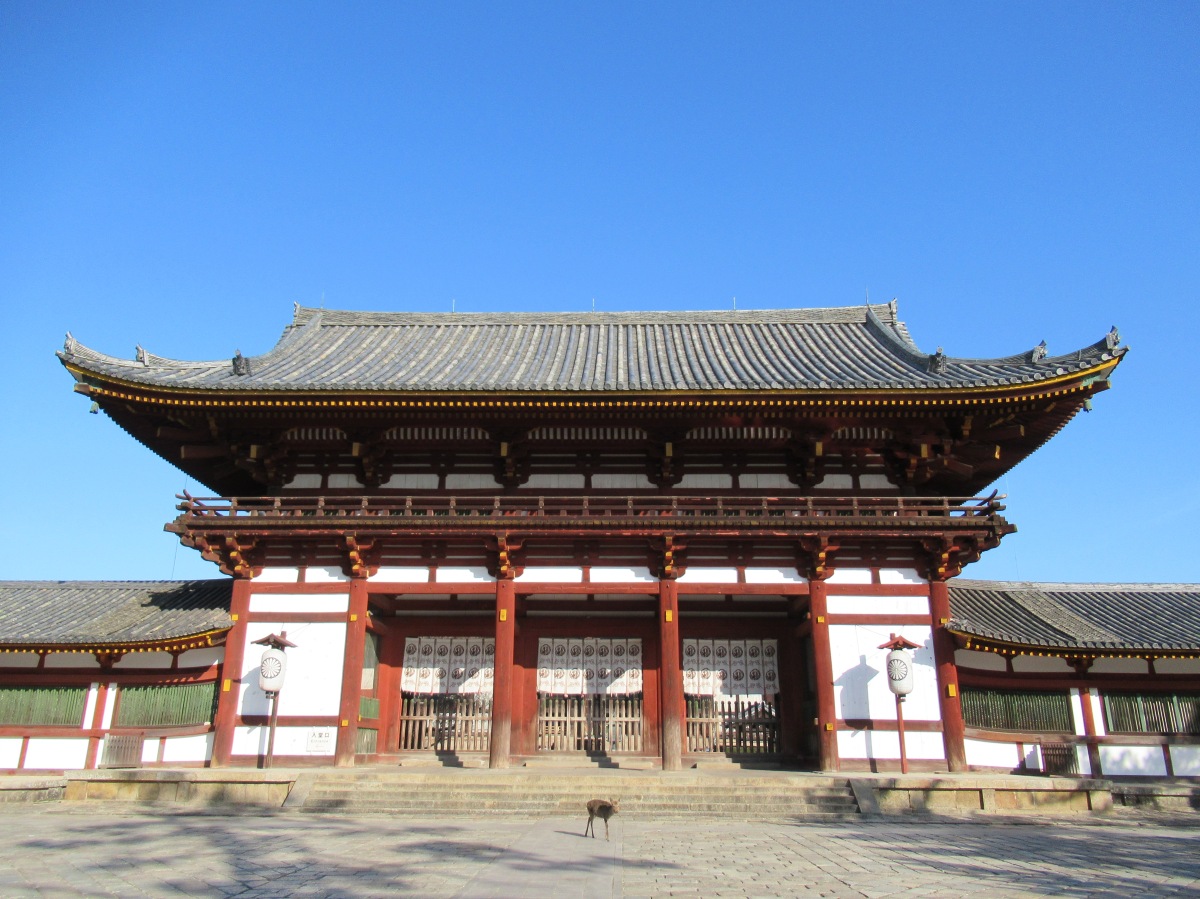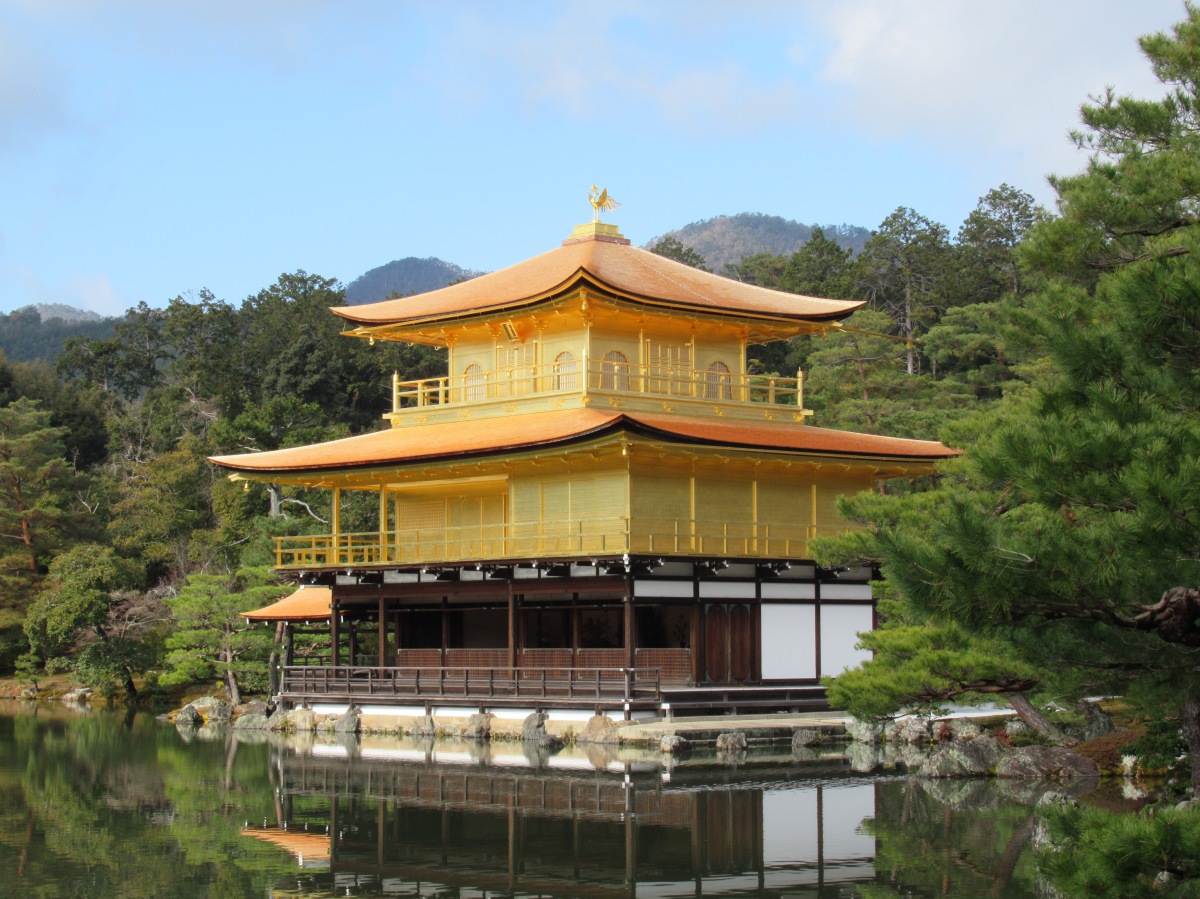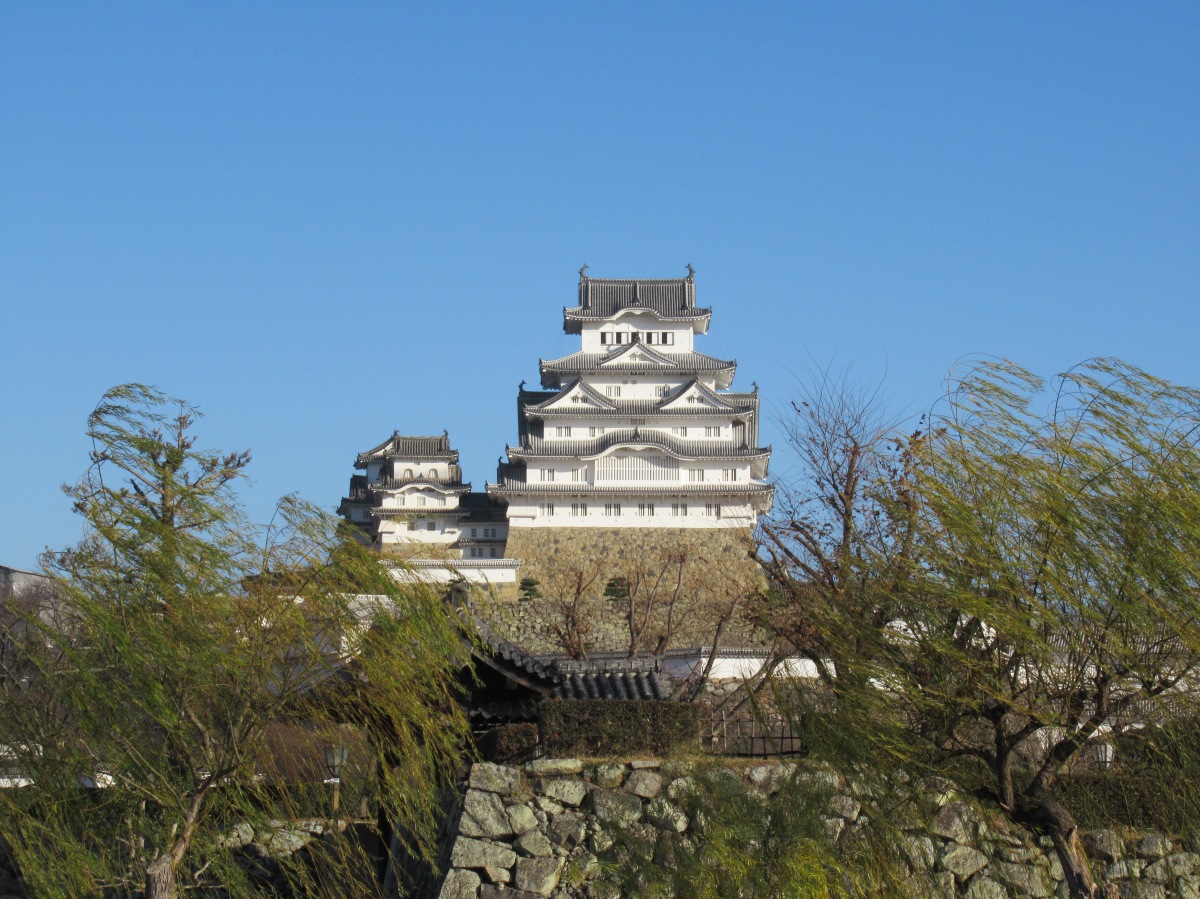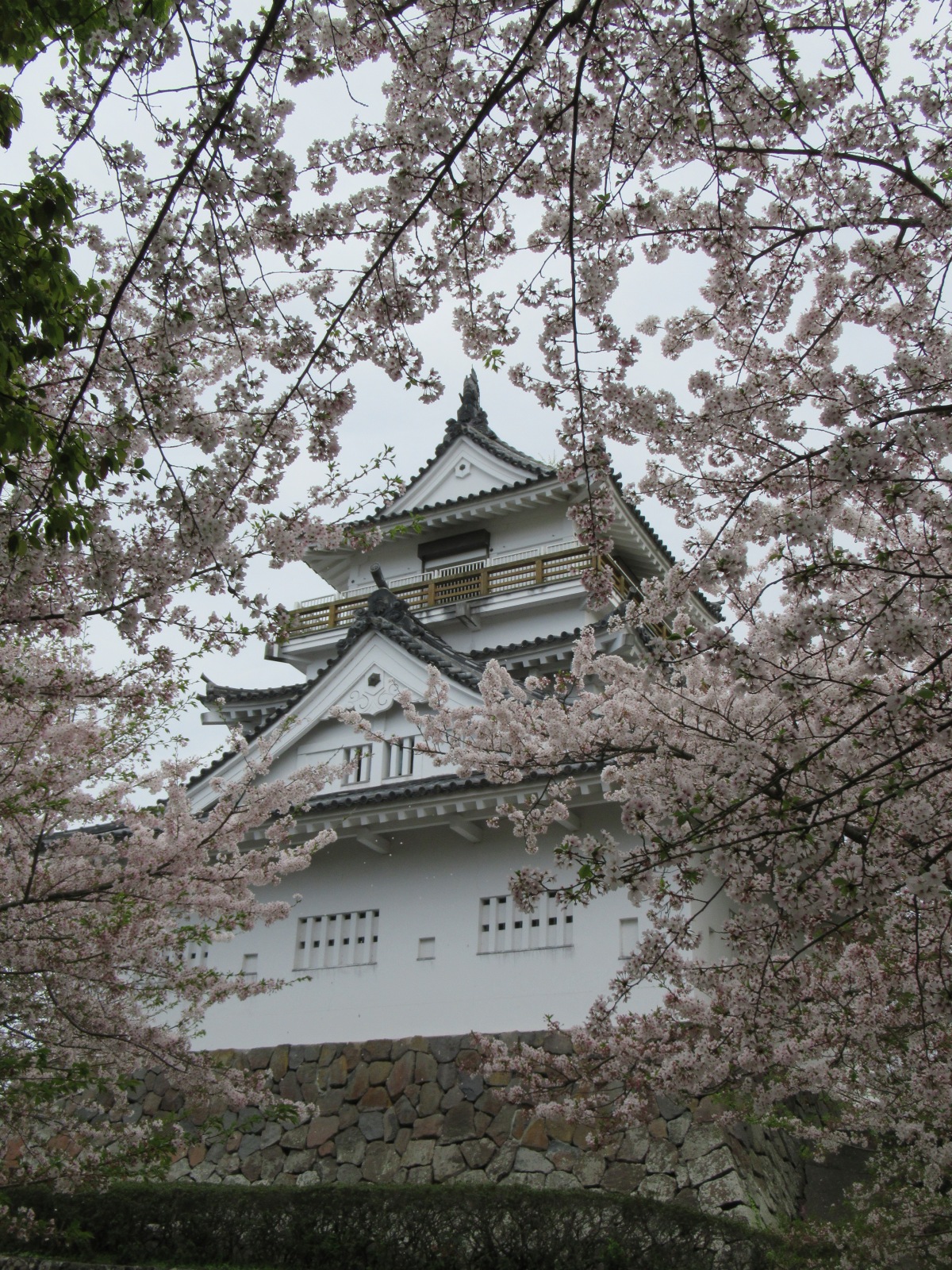Alas, it is time to leave Oita and return home to Singapore. It would be fitting to end the series about our travels in Japan with a post about the city that we called home for the past two years. Up till now, all posts written detailed our experiences in various parts of Japan and Oita Prefecture, but in reality we experienced Japan’s culture, food and people here in Oita City. From commuting to work and Japanese lessons to shopping for groceries and household items, the city of Oita was the place which we have the most memories and attachment to.
In thinking about what to write, I had to look through photo albums for pictures that we took in Oita. Unfortunately, there weren’t many because after the start of the COVID-19 epidemic, all large-scale gatherings were cancelled which meant we didn’t get a chance to see most of the celebrations and events that usually took place annually. Nevertheless, this is a snippet of Oita City that we experienced over the last two years.
Sights
Admittedly, Oita City is not a place with many famous attractions. There are some nice spots littered around the city that visitors can enjoy. The most notable of these in my opinion would be Takasakiyama. It’s a mountain situated between Oita and Beppu and the mountain itself is featured as the city’s mascot – known endearingly as Takamon. This mountain’s residents are the area’s main attraction. They run wild throughout the dense vegetation on the mountain and play at an area where visitors can see them near the foot. They get real close to you but are harmless unless provoked.


Next on the list of places is Heiwakoen or Heiwa Park. It means Peace Park, but it’s not as grand as Hiroshima’s or Nagasaki’s. It’s a great place to go during hanami because the sakura trees are nicely lined up along the canal. We went during that time, but it rained suddenly so we couldn’t see much. On the second occasion, we checked out other parts of the park like the Noh Theater and a Chinese-style gate and pavilion that symbolized Oita City’s relationship with her sister city – Wuhan, China (yes, that Wuhan).





This next place is a little hard to get to but worth a visit if you are in Oita in late April to early May. This is because it’s when wisterias bloom and it’s an amazing sight. It’s a shrine in the south of Oita called Sasamuta Shrine. It is a typical Shinto Shrine except for its garden which boasts a local secret. It has a large wisteria tree. A maze of trellises and wooden scaffolding allow the vines and strings of flowers to hang down from above the walkways. The overhangs drape over the heads of visitors like silky, lilac curtains swaying in the breeze provides a unique entrance to the shrine.



Food
Oita is famous for Toriten, chicken fried tempura-style. You will find that all throughout the restaurants in the city. The one place that I would recommend is called Kujuya, named after the Kuju Mountain Range where they source their ingredients from. We especially enjoy their unique salad, which gathers fresh ingredients from Oita. It comes free with all the set lunches! Their Toriten is the main recommendation and it is really juicy and succulent. If you go at night, the restaurant is transformed into a yakiniku place. Of the three times that we went there for dinner, we were not disappointed. Their beef is from Oita, called Bungo-ono Beef. It is a type of Wagyu and it tastes amazing.




The next mention is a ramen shop whose kanban (sign) just says “Oita Ramen”. Its full name is actually Oita Ramen Congratulations (it sounds better in Japanese – Oita Ramen Omedetai), and it is right next to Oita’s main train station. When I first saw the gaudy yellow sign bordered by Broadway-style lights, I said I would never eat here, it looked too touristy. I’m not sure why but we did end up trying the ramen there and we have not looked back.
I usually give an informal rating for ramen I try based on specific criteria. For this one:
Noodles: 10/10. Perfect thickness, perfect crunchiness/chewiness, tastes amazing.
Broth: 10/10. Perfect mix of creaminess, saltiness and umami. Make no mistake about it, if you eat this everyday, you will have a clogged artery in the next 10 years. But it’s just so unbelievably good that you wouldn’t care.
Meat: 10/10. They actually give you two different cuts of pork if you order the special. Both are delicious in their own way. You get the traditional chashu which is seasoned and braised to perfection, and you also get a rib cut where the bone is removed but the cartilage remains. This is the real kicker. It literally melts in your mouth and it tastes incredible.
Toppings: 8/10. Nothing special about the toppings so it doesn’t get a perfect score because the egg is just a hard-boiled egg (sorry but it should be a flavoured egg); And it doesn’t come with bamboo and black fungus.
Cost: 9/10. Priced at 790yen for the special (the most expensive), it’s really value for money for what you get. You also can ask for 1.5x noodles if you are hungry!


The next recommendation is Hasama House. Our Sensei brought us here on our last meal with him before we left 😥 It is a quaint little restaurant found in North Ozai, which is northeast of Oita Station . The restaurant sits at a corner of a collection of houses and looks like an unsuspecting residential home unless you went closer and noticed the menu and open/close sign. They offered two menus for lunch – a Western and a Japanese one. Both sets included an abundant salad that could rival Kujuya’s and we ended the meal with the apple tart that’s made in-house.



The last recommendation is a modern Japanese restaurant named Ginnan. This place is a go-to for locals who want to have business dinners and company celebrations. They serve Japanese cuisine with cooking techniques adapted from various other styles like Chinese and European. The courses are spread out over a 2-3hour period which creates ample time for conversations and sake between dishes. Their plating is exquisite, and food was absolutely delicious on both the occasions that we went. (Sorry but I lost the photos of the food. I only have one of the shop front).

SPORTS
One of the few major events that came to our city was the Rugby World Cup 2019. It was held just before the pandemic and would be one of the last large-scale events where large crowds could gather in Oita City for a long while. At that time, there was a great atmosphere throughout the city. Shops had rugby related goods, restaurants served rugby-themed menus and screens everywhere were showing live games and highlights. It was especially exciting whenever the Japanese team played. The city would erupt in cheers when the team scored and celebrations would continue if the Cherry Blossoms won.
As Oita City was one of the host cities, we got a chance to watch a live game between New Zealand and Canada. It took place at the largest stadium in Oita, Showa Denko Dome. People from all over had travelled to our city to watch the game and we entered a packed stadium, eagerly anticipating the start of the game. We were also treated to the traditional pre-match haka by the All Blacks. Unsurprisingly, they ousted Canada by a fair margin, but the match was fantastic nonetheless.



I love football so besides rugby we also went to watch Oita Trinita FC, Oita City’s football club. We went on two different occasions at two different venues. Showa Denko Dome is the team’s main stadium but it was used for Rugby World Cup matches so they played at a different venue. Oita Trinita is a mid-table team and their style of play wasn’t the most exciting, but the fans were passionate and the atmosphere was lively.



Final thoughts
We will definitely return to Oita in the future. Until then, we have these photos and memories to look back on. It has been a thoroughly enjoyable experience living and working in Oita City. It may not be as famous as Tokyo, Osaka or Hokkaido but it has its own charms. We end our journey with the view from our street. On a clear day, we can see the mountains to the west. I will miss this view.




